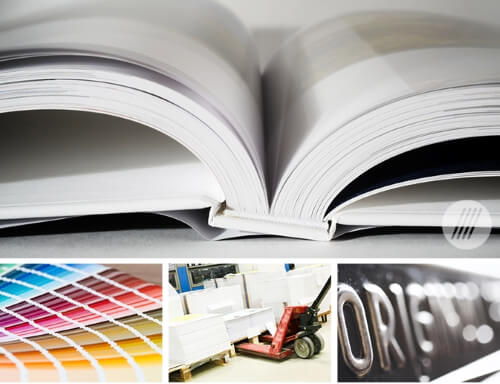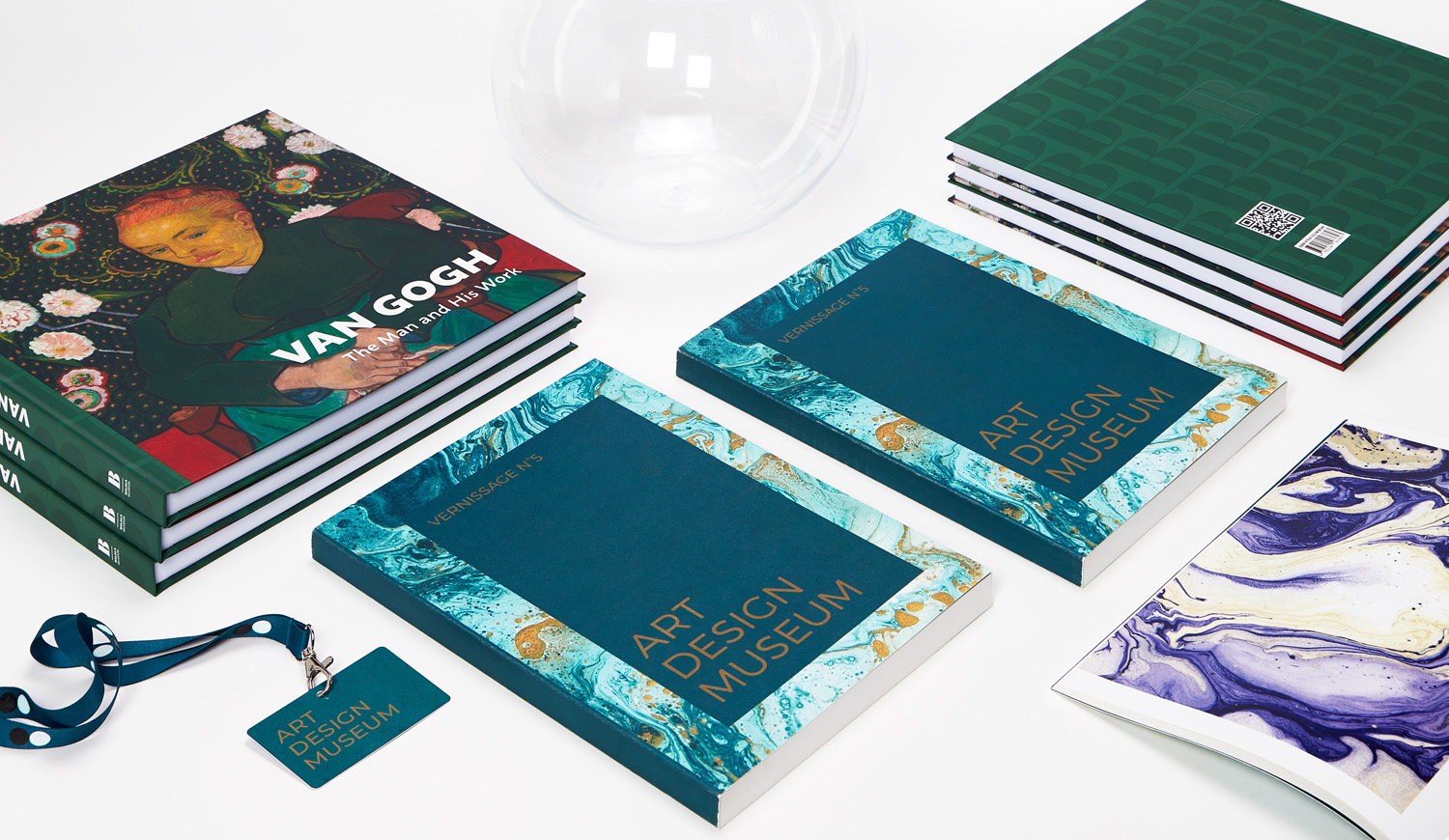Optimizing Files for CMYK Conversion in Your art book Prints
Optimizing Files for CMYK Conversion in Your art book Prints
Blog Article
Introducing the Tricks of Successful Art Book Printing Techniques for Creative Professionals
When it comes to creating an art book, every information issues. You need to believe about paper choice, binding options, and color precision. What are the key strategies that can ensure your art book stands out in a congested market?
Recognizing the Significance of Paper Option
When it comes to art book printing, paper selection is vital for accomplishing the desired aesthetic effect. The kind of paper you choose can considerably influence exactly how shades show up, structures feel, and how your artwork resonates with viewers.
A glossy finish can make shades pop, while a matte surface area may lend a more restrained, creative vibe. Furthermore, don't neglect the value of acid-free paper to ensure longevity and protect against yellowing in time.
Examination samples before settling your option; this'll aid you see just how your art connects with various papers. Ultimately, the right paper can boost your art book from common to phenomenal, making an enduring impact on your target market.
Discovering Binding Options for Art Books
As you submerse yourself in the world of art book printing, exploring binding alternatives is vital for bringing your vision to life. The selection of binding impacts not only the aesthetic appeals but likewise the capability of your book.
If your book consists of one-of-a-kind components, like fold-outs or combined media, lay-flat binding may be your ideal bet, enabling web pages to open fully without losing material. Select sensibly, and your binding will certainly improve the total impact of your art book.
Understanding Shade Accuracy in Print

When preparing your documents, transform pictures to the CMYK shade mode, as this is what printers make use of. Bear in mind shade areas; Adobe RGB supplies a broader gamut than sRGB, but it's crucial to convert to CMYK before publishing to prevent surprises.
Examination prints are invaluable; they allow you see just how colors convert to paper. With attention to detail, you can accomplish dynamic, true-to-life colors in your art book.
Making Certain High Picture Resolution for High Quality
To assure your art book captures the magnificent detail of your photos, high image resolution is important. Go for a minimum of 300 DPI (dots per inch) for excellent top quality. This ensures that every detail in your artwork shows up crisp and dynamic, enabling your readers to value the nuances of your creative thinking.
When preparing your pictures, always begin with the highest possible resolution feasible. If you're checking artwork, utilize a high-grade scanner and choose the proper setups. If you're utilizing electronic documents, make sure they're conserved in styles like TIFF or PNG, which maintain photo quality far better than JPEGs.
Additionally, take into consideration the last size of your images in print. A photo that looks great on your screen may not translate well to publish if it's also tiny. By focusing on high More about the author photo resolution, you'll generate a professional art book that showcases your work in the most effective light.
The Role of Format and Design in Art Books
While crafting an art book, the layout and style play an important function in improving the visual experience. You want your my explanation audience to involve with your job, and a thoughtful format can assist their trip with the pages. Take into consideration the equilibrium in between text and pictures; excessive text can overwhelm, while inadequate may leave your message vague.
Use whitespace effectively to give your art work breathing space, enabling each piece to beam. Think about the circulation of the pages-- exactly how each image engages with the following. This can create a narrative that pulls viewers in and maintains them mesmerized.
Don't neglect typography! Choosing the best font styles can match your artwork and enhance your style. Make certain your design straightens with the total style of your book, producing a natural experience. With cautious attention to design and style, your art book can end up being a magnificent visual narrative that reverberates with your audience.
Picking the Right Printing Strategy
The right printing strategy can substantially affect exactly how your art book is perceived and experienced. You'll wish to show on aspects like the type of paper, color integrity, and binding alternatives. Digital printing is best for short runs, supplying fast turn-around times and dynamic colors that bring your art work to life. If you're going for a bigger volume, offset printing could be your finest bet, providing superior high quality and more economical prices per device.

Budgeting for Art Book Manufacturing
Budgeting for art book manufacturing is crucial, and obtaining a clear photo of your costs can save more info here you from unexpected costs in the future. Start by specifying your budget, taking into consideration all elements like style, printing, and distribution. Research study printing choices to find one that fits your high quality and quantity requirements without breaking the bank.
Don't forget to consist of prices for materials, such as paper and ink, in addition to any type of added functions like embossing or specialty finishes. Element in design expenditures, whether you're doing it yourself or hiring an expert. Also, account for marketing and promotion, as they're essential for reaching your audience.

Frequently Asked Inquiries
What Are the very best Printers for Art Book Projects?
When choosing printers for your art book jobs, take into consideration top notch inkjet versions like Canon or Epson. They supply lively colors and sharp details, ensuring your artwork stands apart perfectly on every web page.
Exactly how Do I Prepare My Data for Printing?
To prepare your apply for printing, assurance you have actually set the correct resolution, color mode, and documents layout (art book). Do not neglect to include bleed and crop marks, so your art work prints perfectly with no undesirable boundaries
What Is the Ordinary Turnaround Time for Art Book Printing?
The average turnaround time for art book printing varies, but you can typically expect it to take between 2 to 4 weeks. Aspects like intricacy and quantity can influence this timeline, so strategy appropriately.
Can I Publish Art Books in Little Quantities?
Yes, you can print art books in small quantities. Many printing solutions offer short-run choices, allowing you to produce restricted editions without high upfront prices. This flexibility aids showcase your job while handling spending plan restraints efficiently.
What Prevail Errors to Stay Clear Of in Art Book Printing?
When publishing art books, prevent typical blunders like poor data resolution, neglecting shade calibration, and overlooking to proofread. Do not ignore the relevance of picking the ideal paper and binding strategies for your job.
Report this page